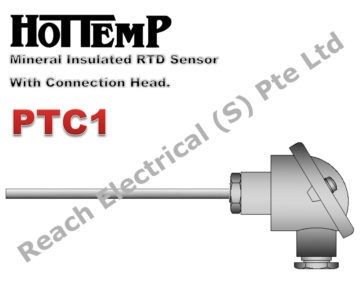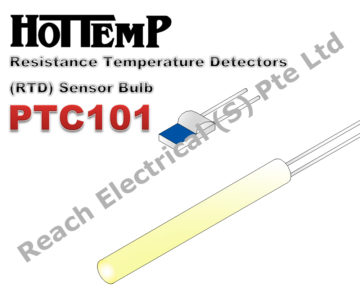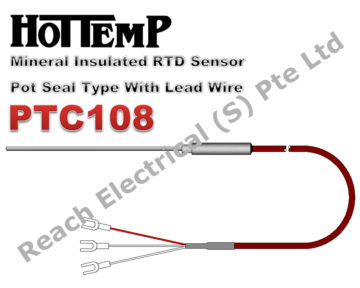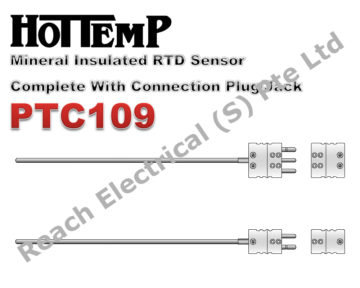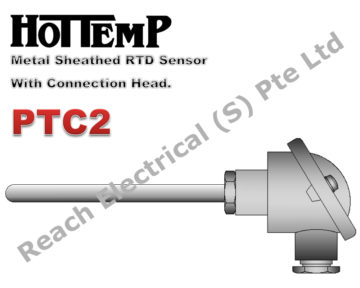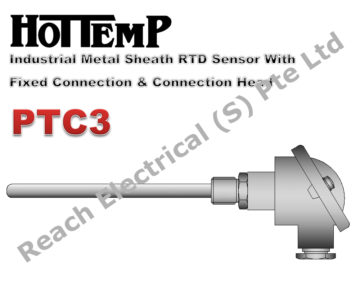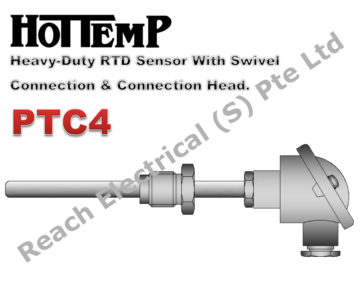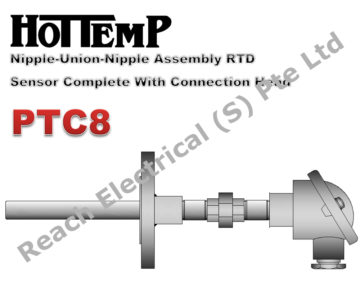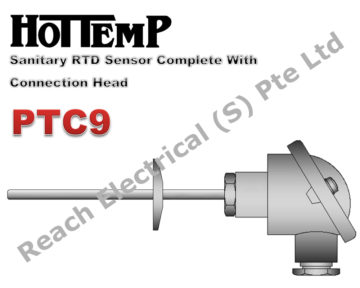What is an RTD?
Resistance Temperature Detectors (RTDs) are temperature sensors that contain a resistor that changes resistance value as its temperature changes. They have been used for many years to measure temperature in laboratory and industrial processes, and have developed a reputation for accuracy, repeatability, and stability.
Why use an RTD instead of a thermocouple or thermistor sensor?
Each type of temperature sensor has a particular set of conditions for which it is best suited.
RTDs offer several advantages:
• A wide temperature range (-50 to 500°C for thin-film and -200 to 850°C for wire-wound)
• Good accuracy (better than thermocouples)
• Good interchangeability
• Long-term stability
With a temperature range up to 850°C, RTDs can be used in all but the highest-temperature industrial processes. When made using metals such as platinum, they are very stable and are not affected by corrosion or oxidation. Other materials such as nickel, copper, and nickel-iron alloy have also been used for RTDs. However, these materials are not commonly used since they have lower temperature capabilities and are not as stable or repeatable as platinum.



